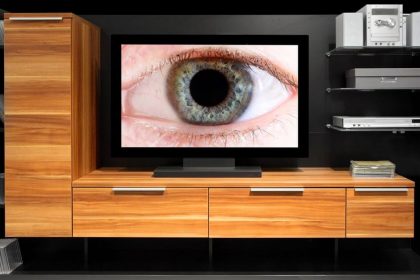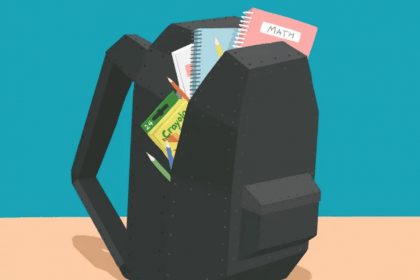Back & Neck / By Nicholas Ferraro, MD
Working long hours or engaging in heavy physical activity can take a toll on your body—and frequently, on your back. Back pain is one of the most common medical problems, affecting 8 out of 10 adults at some point during their lives. Back pain can range from a constant, dull ache to a sudden, sharp pain.
The difference between chronic and acute back pain? Acute back pain comes on suddenly and usually lasts from a few days to a few weeks. Back pain is considered chronic if it lasts for more than three months.
Whichever form yours takes, how do you know when to take action to treat your back pain?
Common back pain symptoms
The most common symptoms of back pain include persistent muscle aches, pain that worsens from physical activity and stabbing pain. Numbness or weakness in one or both legs can also be symptoms originating in the back.
As a neurosurgeon, it’s also important for me to point out that a person may have multiple origins or manifestations of back pain.
For example, you might have arthritis or degeneration of the back joints that results in more of a musculoskeletal pain localized along the midline of the back. This can be sharp, it can be dull, it can be worse with movement and it can get better when you’re seated.

Another type of pain is nerve pain, which occurs through overgrowth of joints or bulging disks that pinch nerves which can cause pain, numbness or tingling. There are procedures to treat either, though people who present with both symptoms will need both procedures.
Most common causes of back pain
There are many possible causes of your back pain, such as from heavy lifting or a fall. There are also times when back pains develop without an apparent cause. The following are some of the conditions commonly linked to back pain that may need attention from your doctor:
MUSCLE FATIGUE
Continually lifting heavy objects or making sudden movements may strain the spinal ligaments and back muscles. If this condition is left unattended, the constant strain on your back can lead to painful muscle spasms and debilitating back pain.
ARTHRITIS
Arthritis causes swelling, pain, stiffness and immobility of one or more joints, and this can include the joints in the spine between each set of two vertebrae. Therefore, osteoarthritis may have a significant effect on your back, especially your lower back.
OSTEOPOROSIS
The age-related bone disease in which the bones become porous and weak is known as osteoporosis. This condition reduces the density and quality of a person’s bones, making them more vulnerable to fractures.
Back pain caused by osteoporosis occurs when your spine’s vertebrae develop tiny compression fractures. If the osteoporosis has become severe, it can often be addressed via outpatient surgery.
SCOLIOSIS
Scoliosis is a skeletal irregularity where your spine curves to the sides. The condition has been linked to loss of muscle coordination, breathing problems, fatigue, and—in most cases—back pain. If left untreated, scoliosis can cause medical complications.
DEGENERATIVE DISC DISEASE
Degenerative disc disease (DDD) causes the protective intervertebral discs in your spine to break down. These discs are located between each set of two adjacent vertebrae, and they serve as your spine’s shock absorbers.
This condition can occur anywhere in the spine, but it is more common in the lower back. As we get older, the discs can lose fluid and may collapse (ruptured disc), thereby affecting the integrity of your spine and causing painful pressure on the nerves.
When to seek treatment for back pain
The first few weeks of back pain are generally a time to respond conservatively. Here are some of the best methods of treating back pain at home:
- Take over-the-counter, non-steroidal anti-inflammatories
- Treat the afflicted area with ice or heat
- Perform core-strengthening exercises
In the rare case of something more serious, including cancer of the spine, symptoms include back pain that increases at night and decreases during the day. Additionally, if back pain is associated with new muscular weakness or immobility, or with bowel or bladder problems or numbness, you should immediately visit the emergency room.
A spinal surgeon like myself should be the last surgeon in a chain of intervention to your back pain. Most back problems do not require surgical intervention of any kind, so it’s best to see your primary care provider as soon as possible in order to stop your back pain from developing further.
Back pain that just won’t quit? Learn more about neck and back care at Baylor Scott & White. If your back pain persists longer than two weeks, talk to your doctor or find a doctor near you.
About the author
Nicholas Ferraro, MD
Nicholas Ferraro, MD, is a neurosurgeon on the medical staff at Baylor Scott & White Medical Center – Grapevine.




